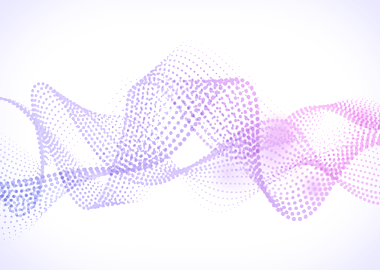Evaluating blood flow in intestinal tissue is important for several medical procedures, such as laparoscopic surgery. However, accurately assessing blood flow using traditional methods, such as Doppler ultrasound, can be challenging. In this project, we propose a new method for evaluating blood flow in intestinal tissue using real-time video from a laparoscopic camera. Our approach involves identifying the Region of Interest (ROI) in the video and then analyzing the video in the color, frequency, and texture spaces to detect temporary changes that may indicate changes in blood flow. We demonstrate the effectiveness of our method through experiments on a dataset of laparoscopic videos.

 Classification of SSEP Signals for Surgical Monitoring
Classification of SSEP Signals for Surgical Monitoring
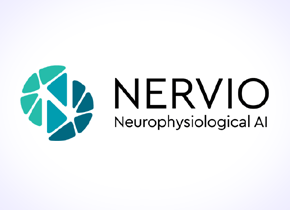

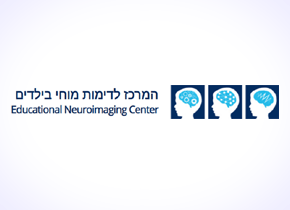




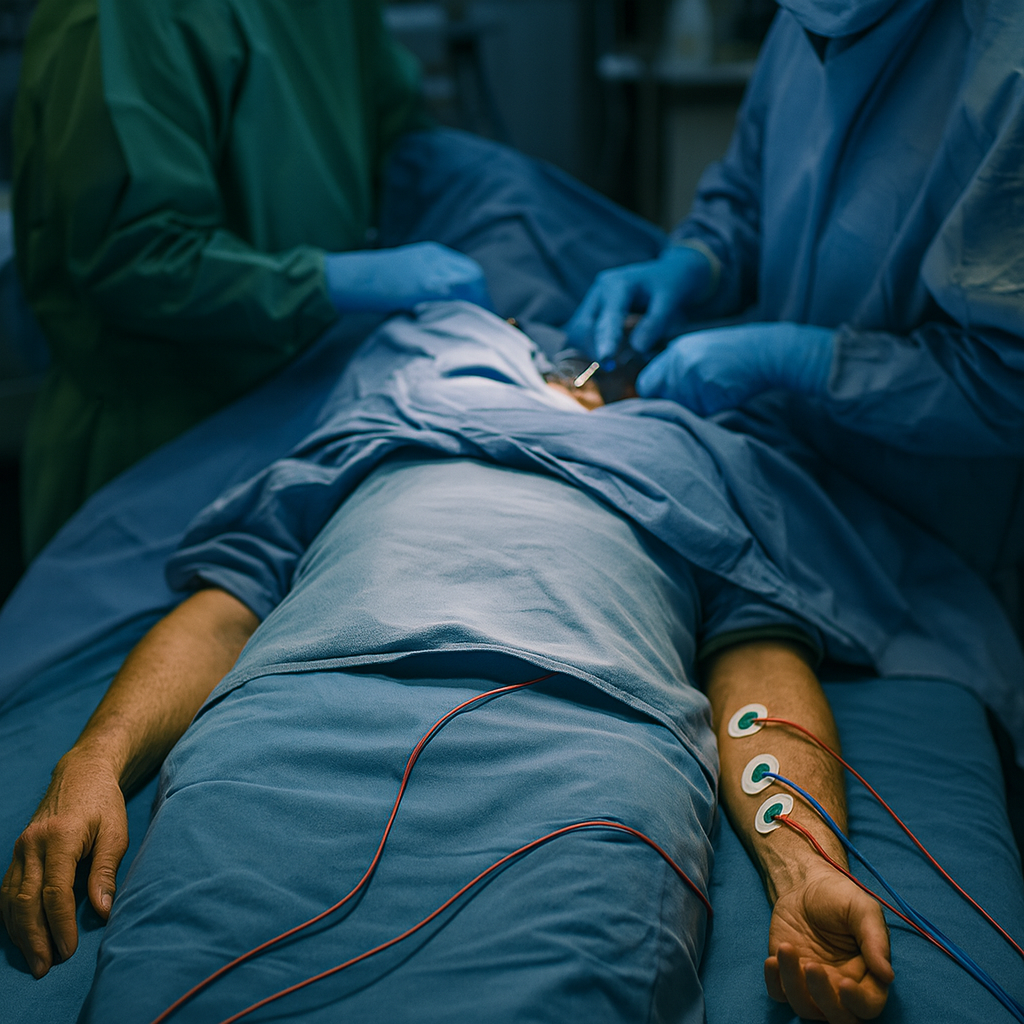






 Remote PPG-based Vital Signs Monitoring
Remote PPG-based Vital Signs Monitoring
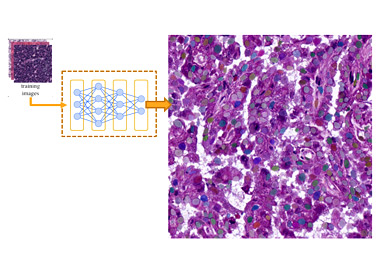








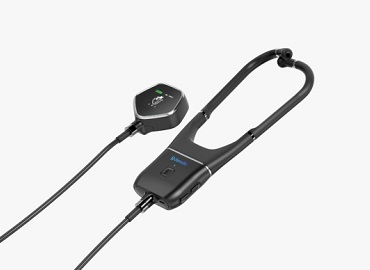

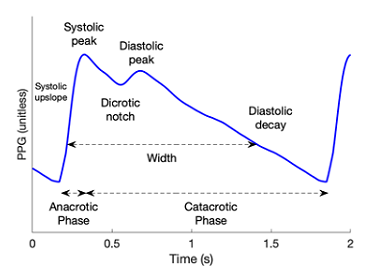











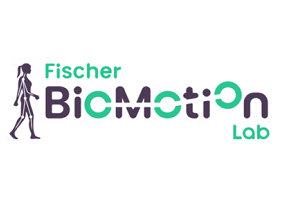



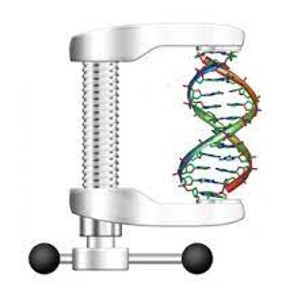
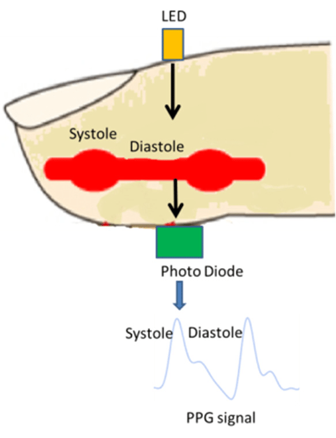

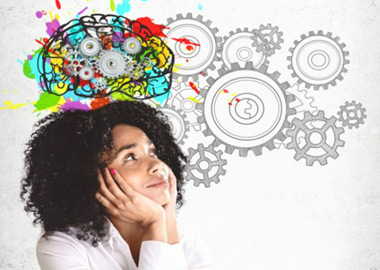

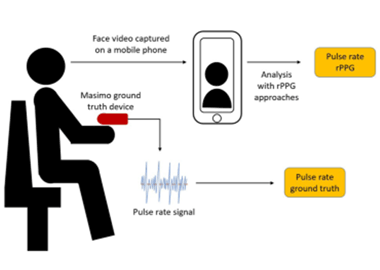
 Estimating Intestine Blood Flow With Video Analysis
Estimating Intestine Blood Flow With Video Analysis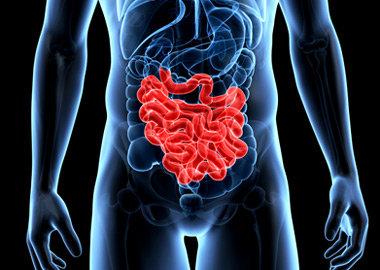


 Neural ODE for Sleeping Stage Identification
Neural ODE for Sleeping Stage Identification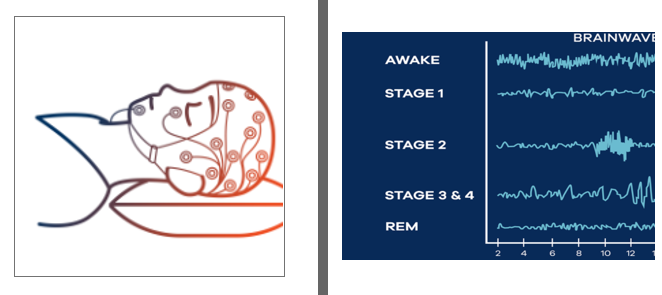
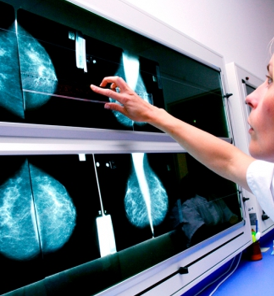
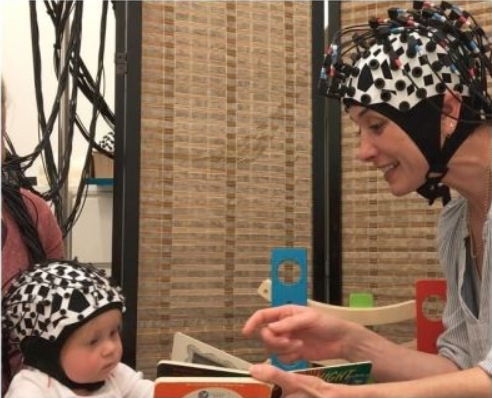

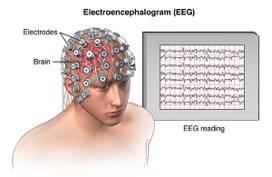
 Surgical Guiding System for Animal Research
Surgical Guiding System for Animal Research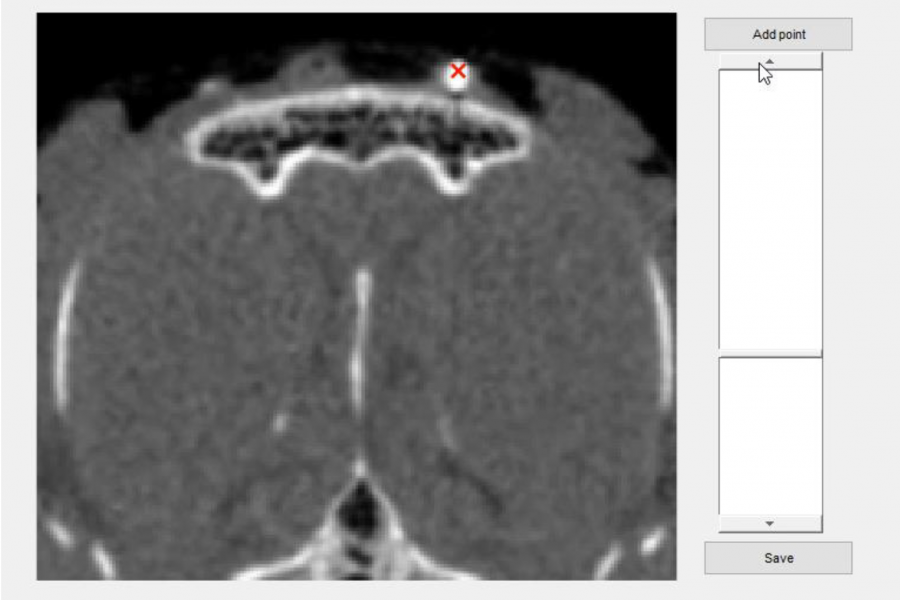

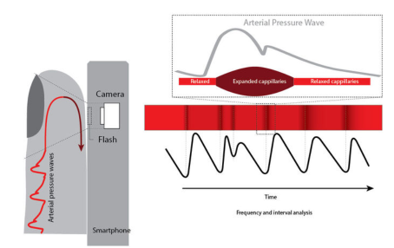
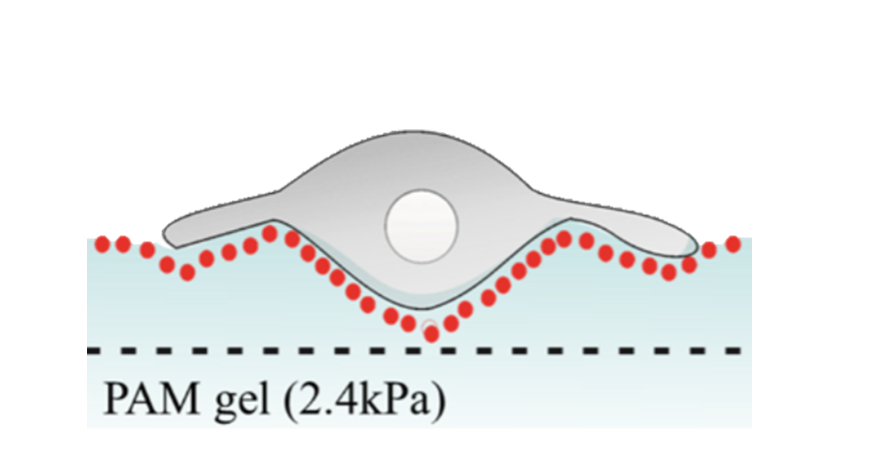

 ECG Analysis Using DL Method
ECG Analysis Using DL Method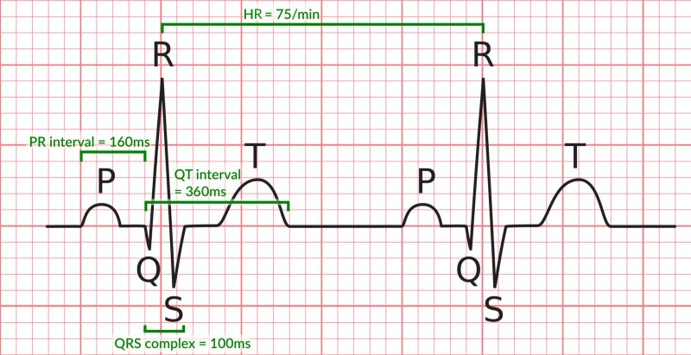

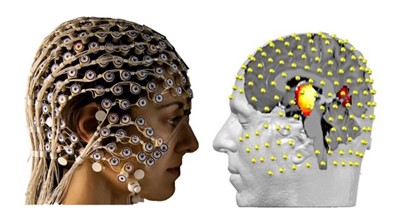

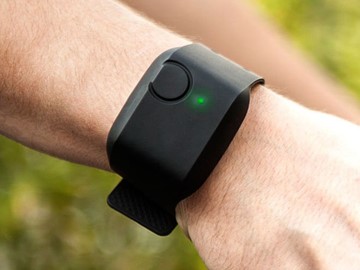
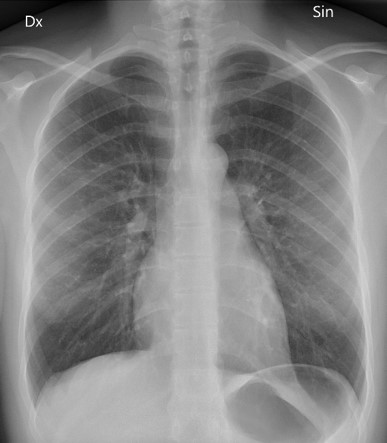


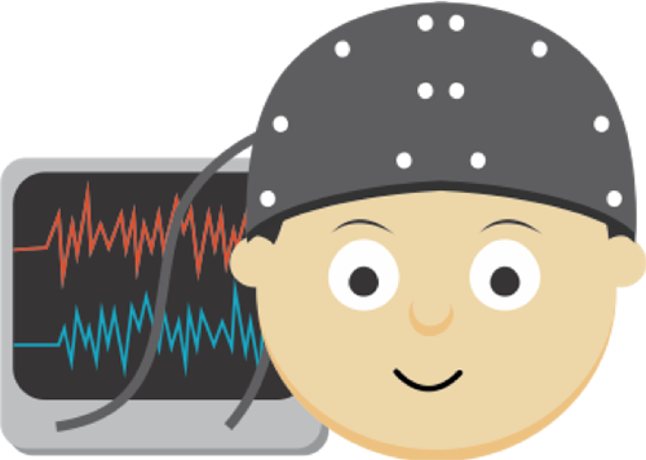

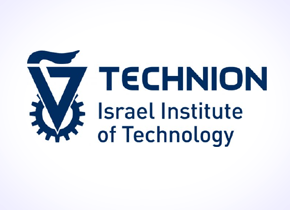
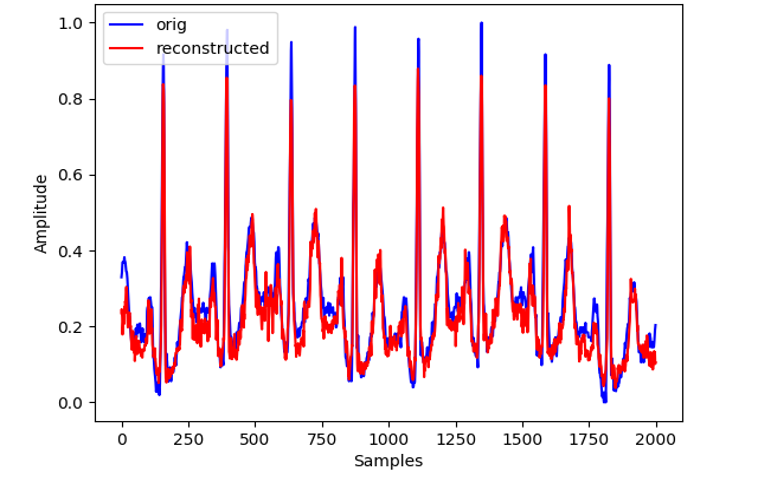
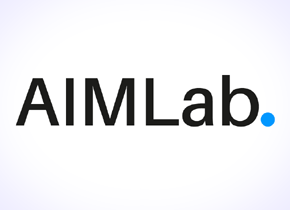


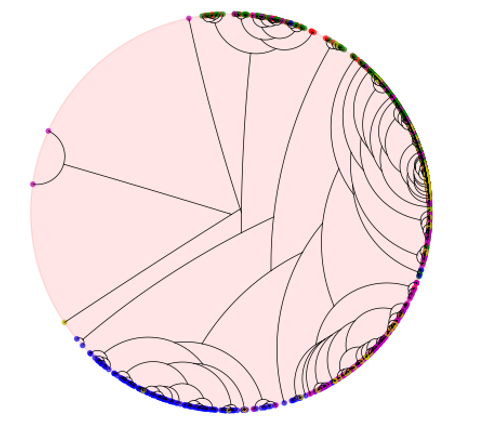
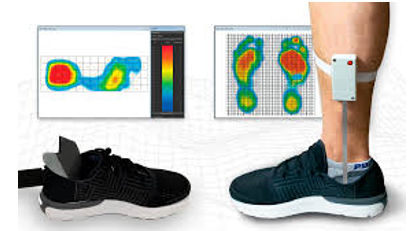
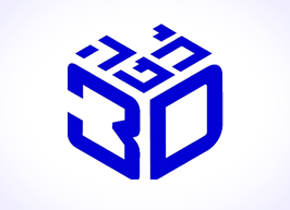
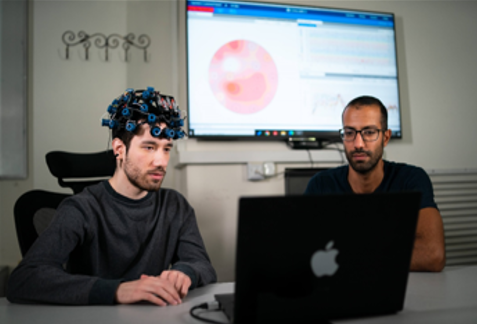
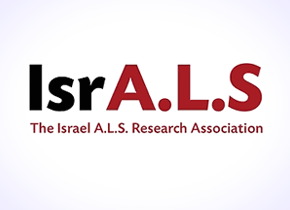
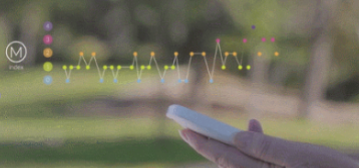
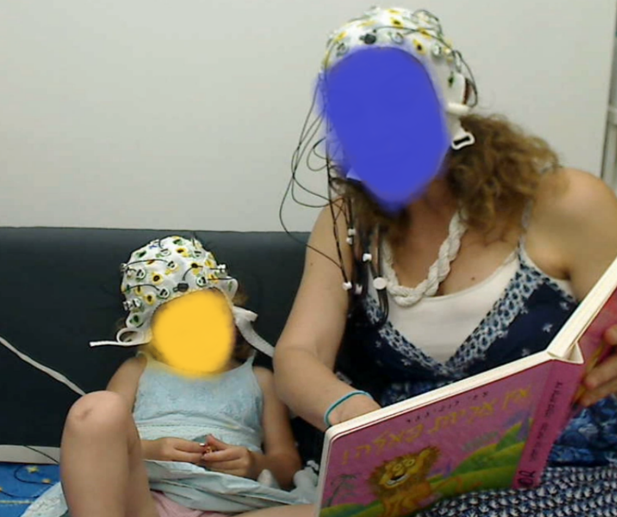

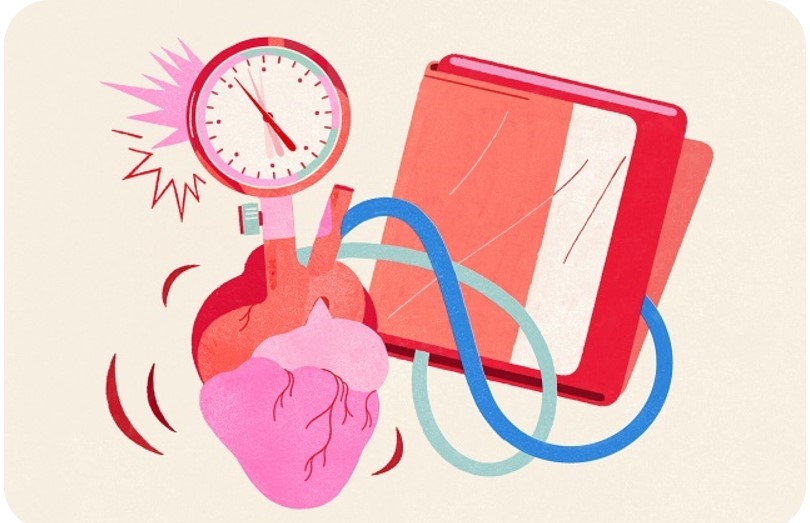
 Towards Blood Pressure Estimation Using a Smartphone Camera
Towards Blood Pressure Estimation Using a Smartphone Camera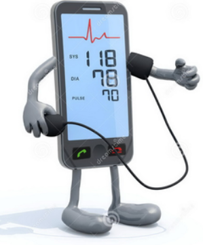
 Blood Pressure Estimation using a Smartphone Camera
Blood Pressure Estimation using a Smartphone Camera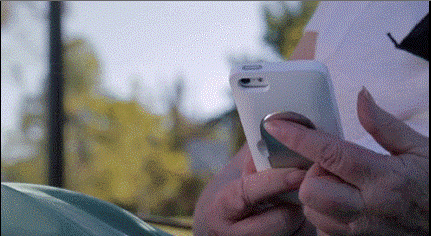
 Predicting the Existence of Dyslexia in Children Using fMRI
Predicting the Existence of Dyslexia in Children Using fMRI
 EEG Sensor Fusion For Epileptic Seizure Detection
EEG Sensor Fusion For Epileptic Seizure Detection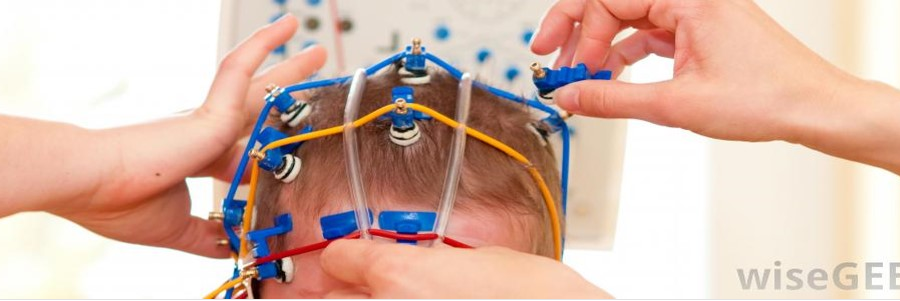
 Real Time Control of Hand Prosthesis Using EMG
Real Time Control of Hand Prosthesis Using EMG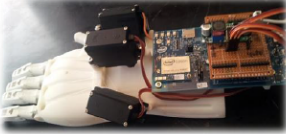
 Heart Rate Estimation from PPG Signal during Physical Exercise
Heart Rate Estimation from PPG Signal during Physical Exercise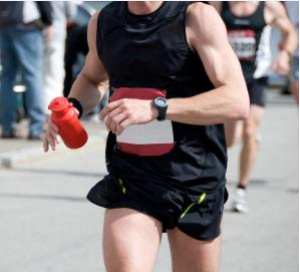
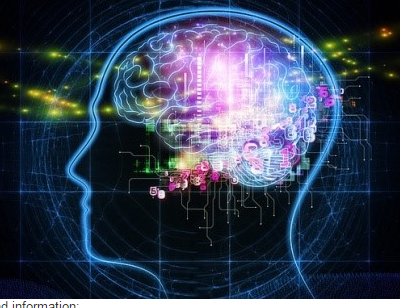
 Accelerometer-based Activity Recognition for Android
Accelerometer-based Activity Recognition for Android